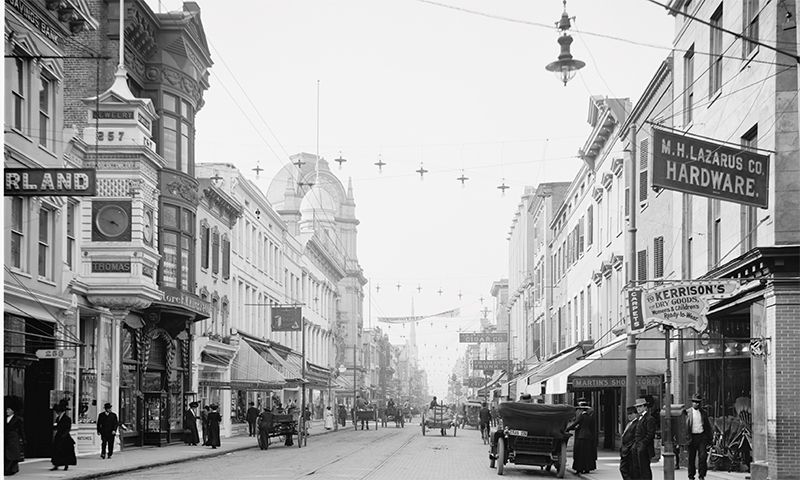King Street, looking north, circa 1910 to 1920 (courtesy of Detroit Publishing Co./Library of Congress)
- 1878: Jetties Built - The Charleston jetties—man-made rock barriers forming the main shipping channel into Charleston Harbor—take 17 years to complete. They solve the problem of safely bringing deep-draft vessels into the harbor, making Charleston a major international port. They also redirect ocean currents, causing extensive erosion on islands to the south, particularly Folly and Morris.

Tradd Street (courtesy of Library of Congress)
- 1886: Earthquake Destroys the City - At approximately 9:50 p.m. August 31, one of the largest earthquakes in North America (now estimated between 6.6 and 7.3 on the Richter Scale) shakes Charleston to its very foundations. The quake and its 300 aftershocks lead to some 60 to 100 deaths and cause extensive damage to buildings, totaling $6 million.
- 1889: Newspaper Editor Shot Dead - Francis W. Dawson, first editor of the News and Courier, is murdered on March 12 by a neighbor accused of making advances toward the governess of Dawson’s children. The state loses one of its leading voices for racial equality, social reform, and economic diversity. Learn about Frank Dawson and his wife, Sarah.
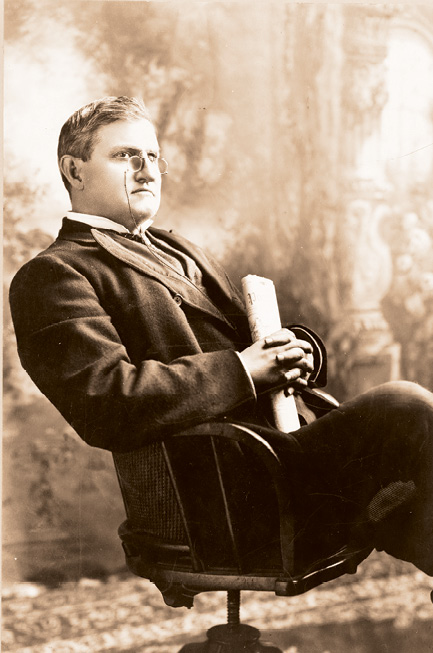
(Courtesy of Library of Congress)
- 1890: Ben Tillman Becomes Governor - Positioning himself as the champion of the small farmer, Upstate Democrat and outspoken white supremacist “Pitchfork” Ben Tillman fights to disempower the black majority in the state and strengthen brutal Jim Crow laws. He also directly opposes the Lowcountry aristocrats who, he says, “worship the past...but who boldly assume to govern us by divine right.”
- 1892: State Dispensary Established - Created to counter an effort to impose prohibition throughout South Carolina, the system gives the state a monopoly on the sale of liquor. It fails, creating widespread political corruption and fostering bootlegging, especially in the Lowcountry, where rival gangs fight for control of the industry. The state dismantles the system in 1907. Read on about moonshine and the bootleggers of Hell Hole Swamp.
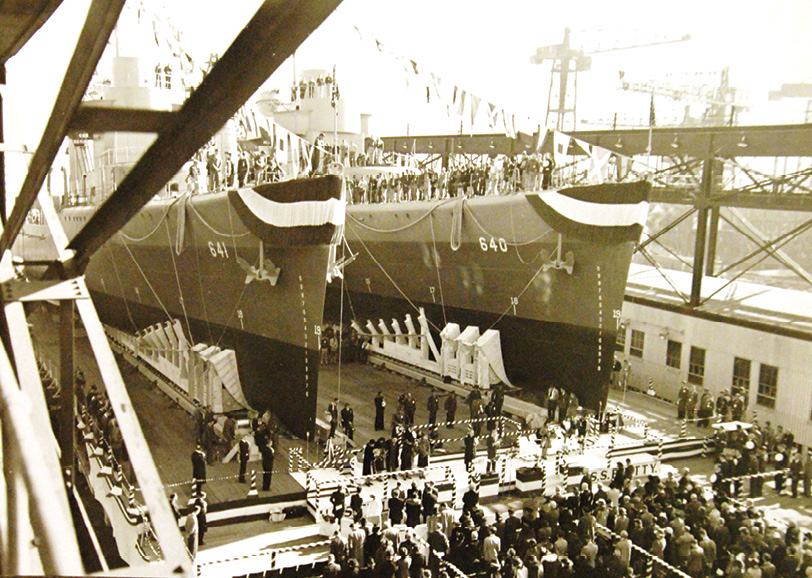
The launching of the USS Beatty and USS Tillman at the Charleston Naval Shipyard in 1941 (courtesy of National Museum of the US Navy/Wikipedia)
- 1901: Naval Base Construction Begins - The US government relocates the Navy Yard at Port Royal by buying the first parcels of what was formerly plantation land on the Cooper River.
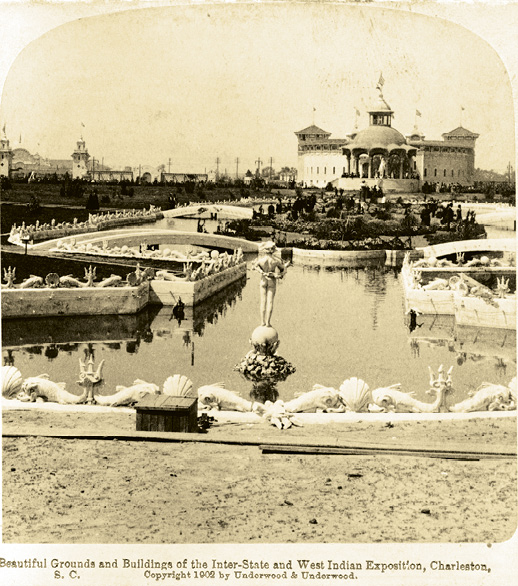
(Courtesy of Library of Congress)
- 1901: Charleston Hosts Interstate & West Indian Expo - The expo is created to stimulate trade through the city’s port to the Caribbean and Latin America. Though it was attended by such luminaries as President Theodore Roosevelt, poor weather and a shortage of funds leads to its early closing on June 20, 1902. Of the magnificent edifices erected at Hampton Park for the event, none remain.
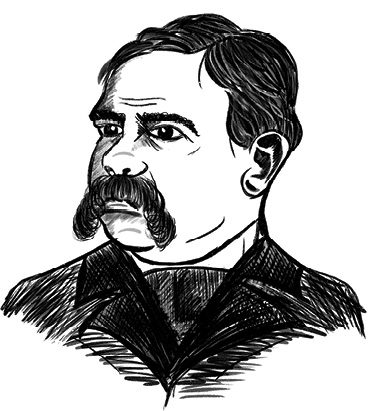
(Illustration by Amanda Bouknight)
- 1902: William D. Crum Appointed Collector of Customs - Upon the recommendation of Booker T. Washington, President Theodore Roosevelt nominates William Crum—a physician, hospital administrator, and chairman of the Charleston County Republican Party who was born to a German American man and free woman of color—as collector of customs for the Port of Charleston. The appointment sets off a national furor. Some Northern newspapers, including The New York Times, denounce the president’s appointment as unnecessarily incendiary. Crum serves the post until 1909, when President Taft names him minister to Liberia.
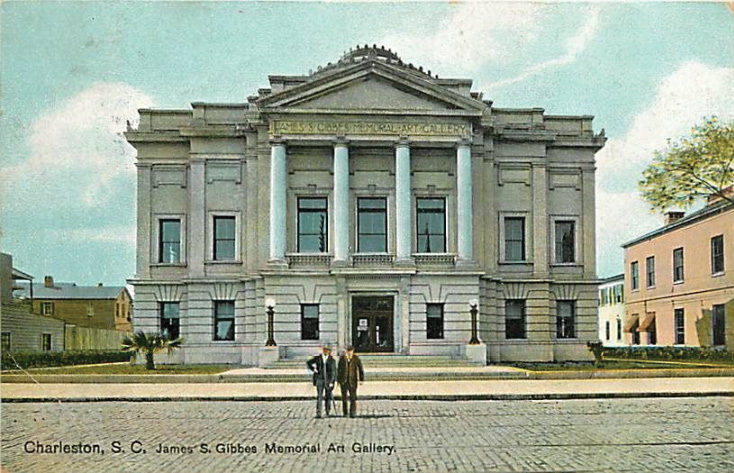
(Image courtesy of WIkipedia)
- 1905: Gibbes Museum of Art Opens - A Beaux Arts gallery opens at 135 Meeting Street on April 11, after Charleston businessman James Shoolbred Gibbes bequeaths $100,000 to the city to build a permanent home for the Carolina Art Association’s collection. For more than a century, the Gibbes has continued to be a center of Southern arts and culture. The museum’s current collection of some 400 miniature portraits ranks as one of the most comprehensive in the country. Meet the designer behind the Gibbes’s two-year renovation.

(Left to right: courtesy of Everett Presson & Warren Price Photography)
- 1909: William Deas Invents She-crab Soup - Mayor Goodwin Rhett’s African American cook William Deas adds sherry and crab roe to a simple crab bisque for visiting President William Taft, creating the iconic Lowcountry dish. Get his original recipe.
- 1911: Murray Boulevard Completed - Philanthropist Andrew B. Murray donates $60,000 to help fund a project that reclaims 47 acres of marsh along the Ashley River and creates his namesake boulevard. The subsequent development of a seawall from 1917 to 1920 connects Murray Boulevard to East Battery, forming the landmark promenade and forever changing the face of the lower peninsula.

(courtesy of WIkipedia)
- 1919: “Red Summer” Begins in Charleston - A fight between two white sailors and a black Charlestonian escalates on May 10 after the local man is killed. The ensuing violence leaves three dead and 17 seriously injured and sparks nationwide race riots, leaving 43 black men lynched and eight burned at the stake. It also witnesses the first modern-day instance in which African Americans organize to resist oppression.
